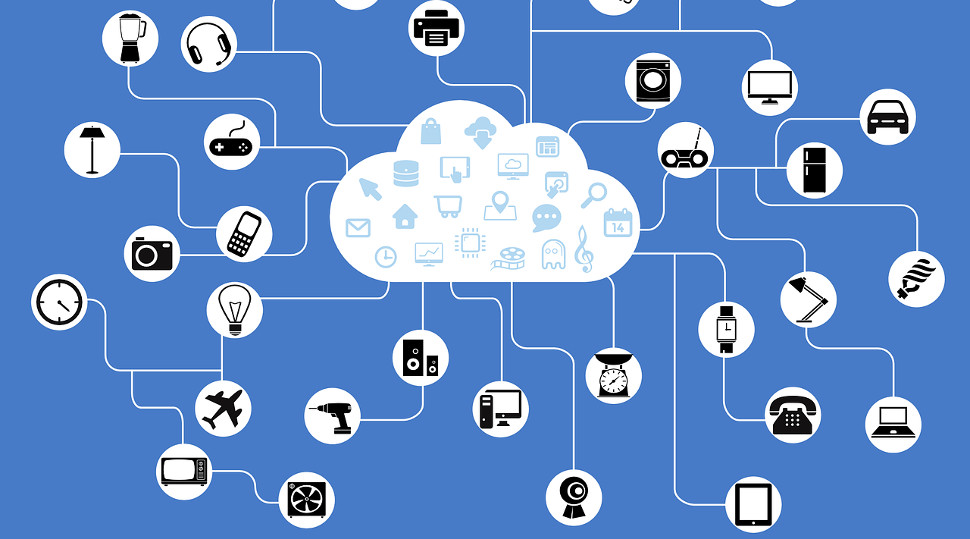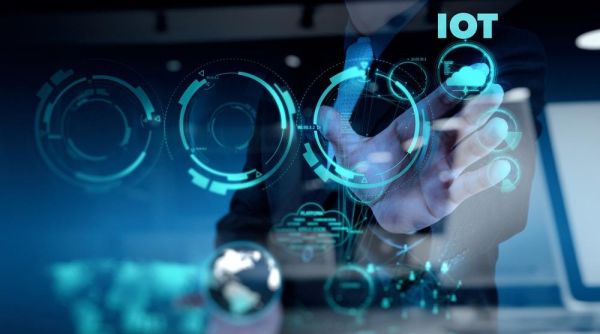Connectivity and beyond: new roles for mobile operators in IoT
Increasing IoT complexity provides mobile operators with new roles

Over the years, operators have become experts at evolving their businesses to meet customer needs, regulatory challenges and new business opportunities.
The Internet of Things (IoT) is no different. From original telematics services, through M2M connectivity and now emerging IoT use cases, operators have been at the forefront of new innovations and services.
Over the years, analysts have predicted huge amounts of growth for operators from the IoT with 25 billion devices expected to be connected by 2025, a four-fold increase from today.
- SAP wants to power the next generation of IoT
- IoT devices now top priority for cybercriminals
- Japanese government will hack citizens' IoT devices
IoT complexity
Although the opportunity for operators is there, the IoT is more complex than what has come before, and needs new approaches to tap into the promised potential revenues. The reliance of operators on connectivity and device services is now not enough to realise the potential of operator led IoT services. The good news is that there are new roles and opportunities available to operators. The adaptability and innovative approach of many operators stand them in good stead to realise the full potential of IoT.
The GSMA has published a report with IDC on the new roles that operators may be able to undertake to move up the value chain, provide additional services to customers and generate more revenue potential. The report outlines a pathway that operators can take. To follow it, they need strong vision and leadership, as well as the ability to bring in new skillsets to boost their products, services and partnership ecosystems.
The most obvious role for operators to play is providing connectivity for the essential functionality of any IoT solution. Many IoT devices are naturally mobile, such as automobiles, shipping containers, airport equipment and construction machinery and cellular connectivity is the simplest way to keep them connected. Others are geographically scattered and may be on the premises of a third party, such as building security systems, elevators, farm animals, or parking sensors. However, all of these solutions can be connected by cellular mobile IoT networks provided by mobile operators.
However, connectivity equates to only a small part of the total IoT market and, in 2025, GSMA Intelligence anticipates that it will account for only five per cent of total revenues in the sector. A much higher proportion of spending goes on the devices, applications, back-end cloud computing and storage, analytics, consulting, design, integration and management.
Are you a pro? Subscribe to our newsletter
Sign up to the TechRadar Pro newsletter to get all the top news, opinion, features and guidance your business needs to succeed!
Because of this, operators need to not only diversify into the IoT ecosystem itself, but also expand their remit within it by addressing other roles outside of connectivity, especially if they wish to capture more market share. This will enable them to build stronger competitive differentiation, capture value from the full IoT value chain, and service customers in increasingly sophisticated ways.
But, with the IoT ecosystem evolving rapidly, what roles can operators claim and how do they do so?

Foundation IoT roles that connect
Connectivity will continue to be important for operators, even if it is a dwindling proportion of their overall revenue. It’s the bedrock of most other services, with other roles stemming from the benefits and opportunities that mobile networks bring to IoT customers.
Operators already have the skills to tap into several roles that exist within IoT connectivity and IoT service management, and these are vital in supporting general IoT functionality with core capabilities. Some operators are offering new IoT tariff packages and exploring new ways of charging for IoT services. This includes building and operating IoT solutions on a customer’s premises, sharing revenues with the property owner or even taking a share of cost savings.
To achieve success within these roles, operators need to connect their organisation with their vision so they can steer it to new IoT opportunities. This could be through transforming their IoT business with internal resources and building incrementally or reaching out and creating an ecosystem. Importantly, operators will have to build on these roles roles to create more value, as the revenue potential from IoT connectivity and IoT service management is declining.
IoT service enabler roles that empower
Robust strategic plans from operators will see them move up the value chain and into new territories. There are a number of immediately obvious roles which operators can play, that empower their customers by allowing them to deploy more integrated, robust services that deliver increasingly levels of value from IoT implementations.
Roles within ecosystem orchestration, delivering IoT infrastructure such as cloud and edge, and IoT security are all about providing essential tools and capabilities to ecosystem partners. These roles are crucial in supporting monetisation and interoperability between IoT solutions.
To pursue roles within this domain, and to meet new business models and markets, mobile operators require a mix of skills from inside and outside the organisation. These may be acquired through partnerships or acquisition. Once equipped with a strong set of partners and technology enablers, operators will then be in a position to drive new business models forward and create new products and services which will help customers meet their ambitions through the use of IoT.

IoT solution roles that transform
Operators can reach right across the value chain if they have the ambition and ecosystems in place to support them. By reaching deep into their customers’ needs and building new skills and related services, operators are able to help their customers reach the full potential of IoT as a transformative service.
These roles cover end-to-end services where operators take the lead in transforming vertical industries and their customers’ businesses. This could entail evolving into an IoT prime contractor or a big data analytics and artificial intelligence (AI) provider and delivering vertical specialisation capabilities.
Within these roles, operators need to use the new strategies, skills and revenue streams to continually improve and diversify the IoT business to ensure the retention of a competitive advantage. Having a clear route through the roles and the ambition to continually improve and apply new learnings and skills will ensure that operators are able to establish themselves in the ecosystem. They will also be in a strong position to identify new roles that offer opportunities to grow the business further.
Moving beyond connectivity
To succeed within these new roles, operators need to ensure they make a systematic and logical progression – starting with a clear vision – to build on their strengths and to move along the value chain beyond connectivity. Some roles may appear to be removed from the core capabilities and central business of many operators, but the IoT landscape is evolving, so operators need to do the same.
Each new role will bring a variety of benefits and will enable operators to address the remaining 95 per cent of the market opportunity, beyond the 5 per cent to be accounted for by connectivity. In turn, they will generate direct revenues for services rendered, and many of the roles can expand the customer base by providing solutions to other IoT ecosystem members, improve competitive positioning and enabling the operator to capture value across the entire value chain.
Neill Young, IoT Enablers Lead at the GSMA
Neill Young is the IoT Enablers Lead at the GSMA over the past 15 years. His most recent assignment has been to successfully build, from scratch, a new programme focused on driving 5G IoT adoption in the manufacturing sector. He can effectively identify new opportunities and build commercial value propositions and partnerships to support them. He is an experienced public speaker able to provide thought leadership on a range of digital transformation topics.
